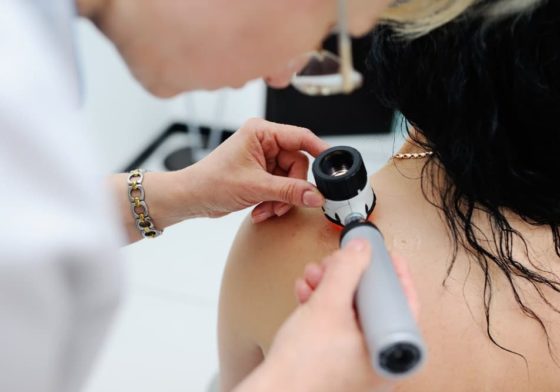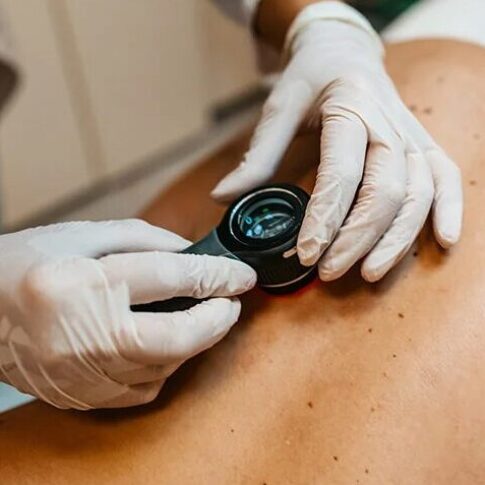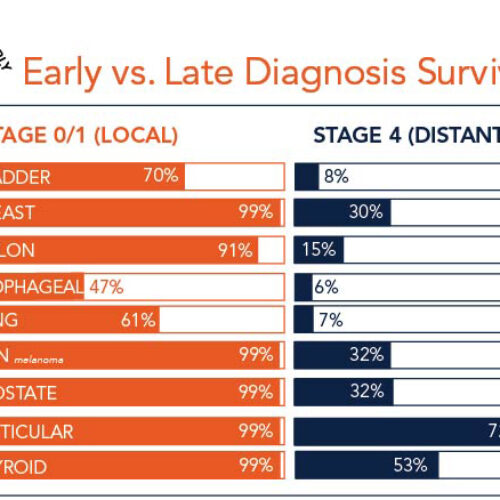
Part of Knowing Your Great Is Doing Regular Self Exams
Create a baseline of what is normal for you. When you consistently perform self-exams, you’ll know what is normal for you and you’ll be the first to recognize changes.
Skin cancer is the most common form of cancer. 1 in 5 Americans will develop it over the course of a lifetime.
Would you recognize these 5 symptoms?
- Abnormal sore. Do you have a sore that just won’t heal? Sometimes we forget the source of cuts, sores, or bruises, but if you have a sore that won’t heal after weeks, go see your doctor. Sores that ooze, bleed, are scaly, or grow a bump need to be checked. Sometimes these sores may look like light scars or appear as an irritated area.
- Itching, numbness or tingling. Skin cancer can affect the nerves which may cause itching, numbness or tingling
- Look in abnormal locations. Skin cancer can form on the palms of your hands and soles of your feet. You can even develop skin cancer in locations that aren’t exposed to the sun, such as genitals, underarms, scalp, and between toes and fingernails.,
- Dark bruise. If you have a dark bruise, including under your fingernails or toenails that won’t go away, this could be a sign of melanoma.,
- Pain. Pain on your skin accompanied by an unknown lesion, bruise, or sore that won’t go away.
Have you already heard of the ABCDE rule? These are some ways to check for skin cancer:
- A is for asymmetry. One half of a mole/birthmark doesn’t match the other.
- B is for border. Edges are irregular, ragged, notched, or blurred.
- C is for color. The color of the mole/birthmark may include different shades of color, or patches of pink, red, white, or blue.
- D is for diameter. The spot is larger than ¼ inch, although melanomas may be smaller.
- E is for evolving. The mole is changing in size shape or color.
Do a skin self-exam from head to toe, once a month to check yourself for any changes in your skin.
If you notice any of these symptoms or any changes in your skin, go get checked by your dermatologist or doctor.
Learn how to do a skin self-exam.
Be an empowered patient and make sure you get the level of care you deserve. Start by learning more about DetecTogether’s 3 Steps Detect educational system.
Spot Me Program
Certain communities have started allowing skin cancer screenings at community events, following the guidelines provided by the Centers for Disease Control and Prevention (CDC) and local authorities. However, if your community does not provide such screenings, it is recommended that you perform regular self-examinations of your skin using the ABCDEs of melanoma (outlined above). In the event that you notice any new spots, unusual spots, or spots that are evolving, itching, or bleeding, it is best to contact a board-certified dermatologist for further evaluation. Alternatively, you can utilize the American Academy of Dermatology’s “spot me program” to locate a free skin cancer screening near your area.
Find a Screening






